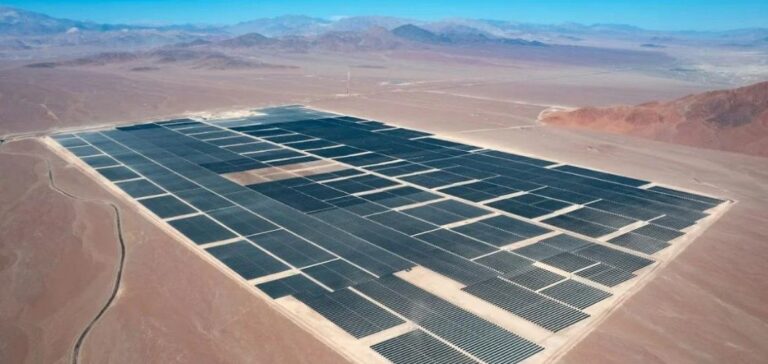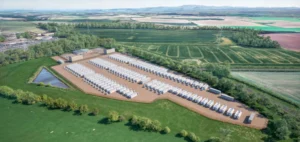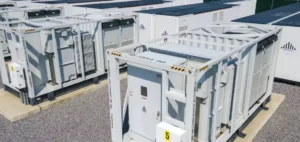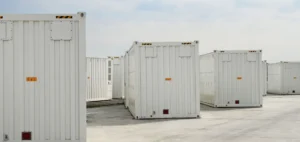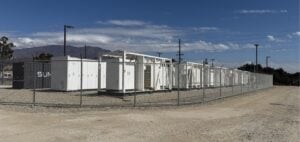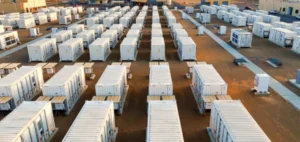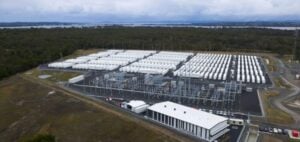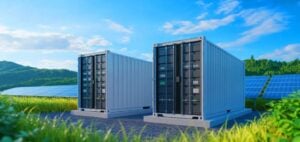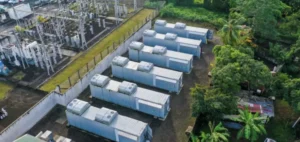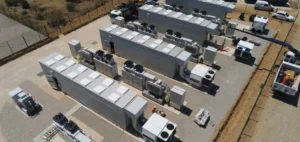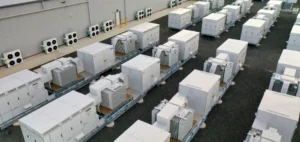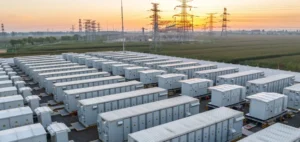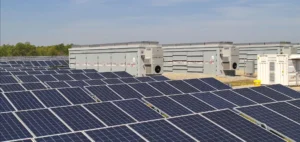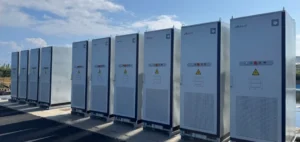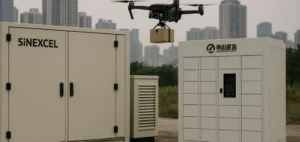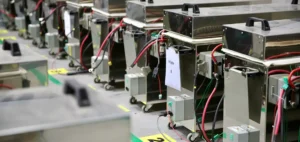Grenergy has announced the financial close of the first two phases of the Oasis de Atacama project, a hybrid solar and battery project worth 345 million USD. The project, located in northern Chile, is the world’s largest storage project, with a capacity of 220MWp of solar and 1.24 GWh of storage.
International Financing
The company has signed a USD 345 million green loan with BNP Paribas, Natixis Corporate & Investment Banking, Société Générale, The Bank of Nova Scotia and SMBC. This agreement marks the first loan syndication with international banks for a hybrid project of this scale. Financial institutions’ confidence in Grenergy’s business model is reflected in this transaction.
The financing of this first phase includes additional credit lines to ensure the continuity and efficiency of the project. Securing these funds with international banking institutions demonstrates the solidity of the project and Grenergy’s ability to carry out large-scale initiatives.
Project deployment and schedule
Oasis de Atacama is designed to supply more than 145,000 homes annually. The first phase of the project should be connected by the end of 2024, and the remaining phases mainly by 2025. Grenergy’s deployment strategy is based on rigorous planning and effective resource management to meet these deadlines.
The project involves the coordination of multiple stakeholders, including local and international subcontractors. The tight schedule underscores Grenergy’s ability to orchestrate complex projects while meeting deadlines.
Market Strategy and Financial Model
Grenergy plans to allocate up to 1.4 billion USD to the project, with already 75% of its energy contracted via long-term agreements (PPA). These agreements guarantee long-term profitability and stabilize cash flow. Among these contracts, a night-time PPA has been signed with Chilean company EMOAC, covering a 15-year period.
The project’s financial structure is based on a combination of debt and equity, optimizing the cost of capital. Long-term APPs play a crucial role in ensuring predictable revenues and reinforcing the economic viability of the project.
Implications for the Energy Sector
This project marks a significant step forward in the energy sector, particularly in terms of energy storage and management. The financing of Oasis de Atacama by international banks underlines the growing importance of hybrid projects in the global energy landscape. Market players are keeping a close eye on this type of development, which could serve as a model for future projects.
The commitment of international financial institutions to this project also demonstrates increased confidence in the business models of companies specializing in renewable energies and energy storage. Hybrid projects, combining solar generation and storage, represent an effective solution for meeting energy needs while ensuring optimum management of production.
Future prospects and developments
Grenergy continues to strengthen its position in the global storage and renewable energy market. The success of this first financing phase paves the way for other similar initiatives, both in Latin America and internationally. Hybrid projects such as Oasis de Atacama are likely to become benchmarks for the sector, influencing the investment strategies and financing decisions of major players.
Grenergy’s ability to attract significant financing from major international banking institutions augurs well for its future projects. Developments in the energy storage sector are closely watched by investors, regulators and competitors as a key indicator of market trends.


